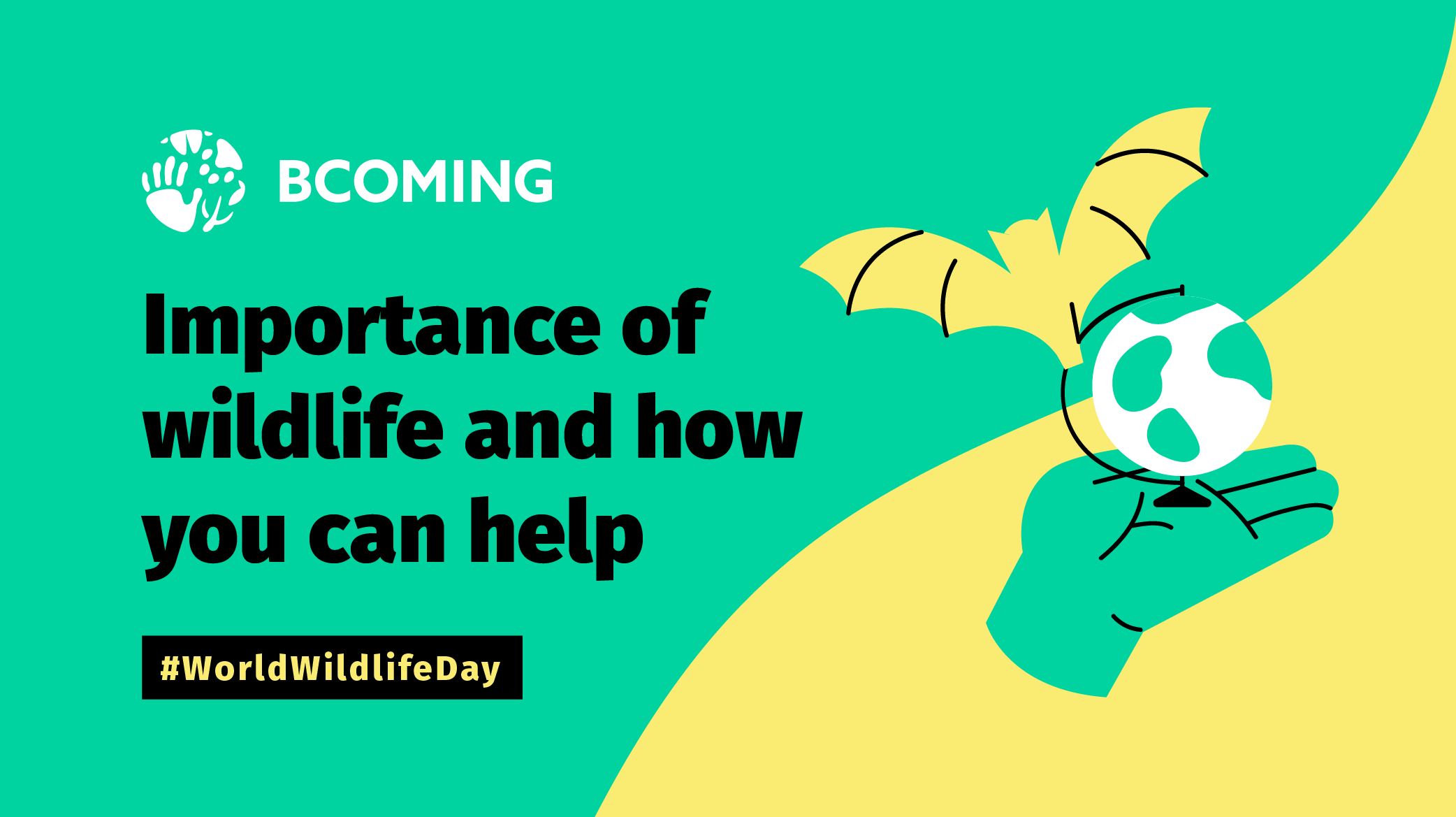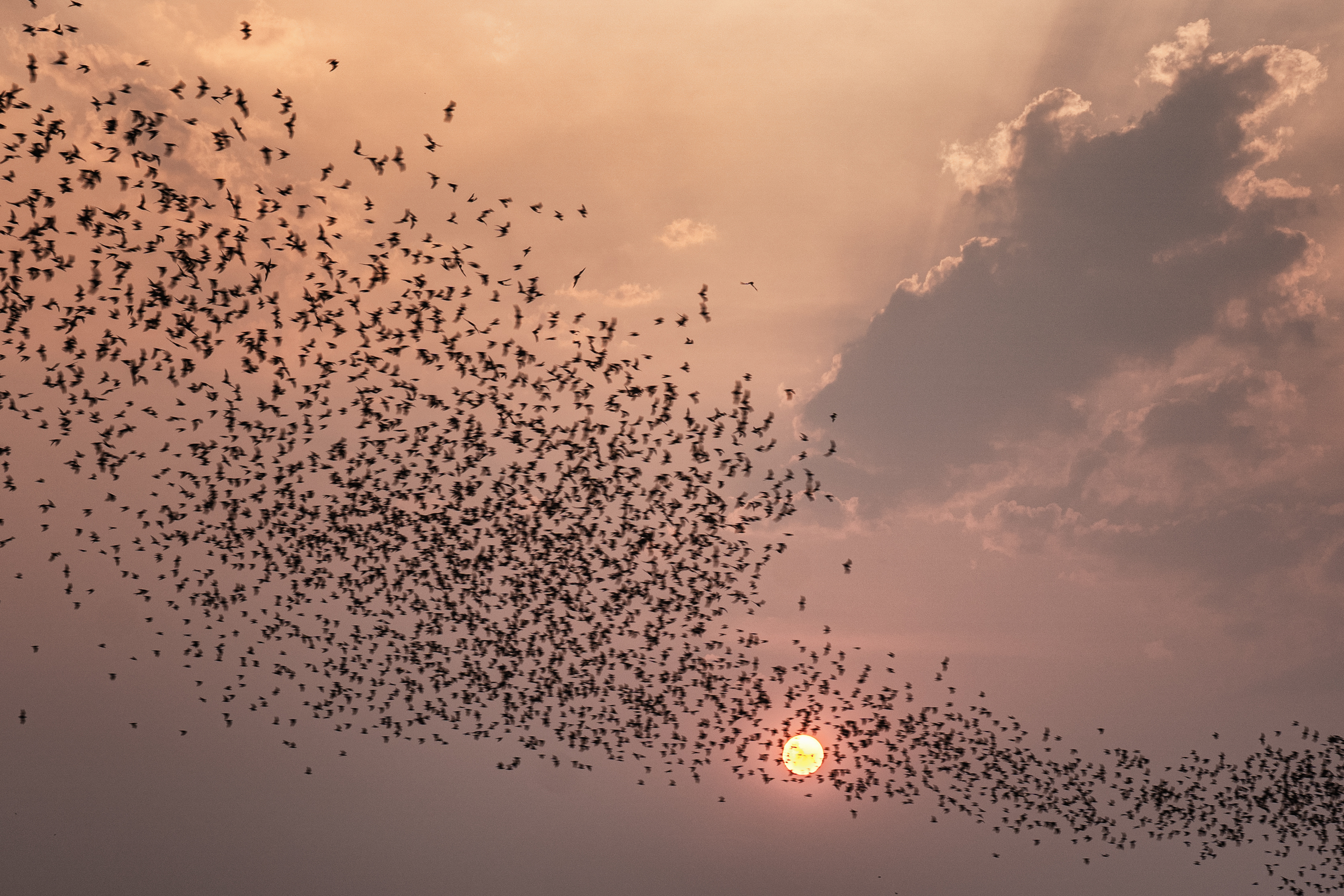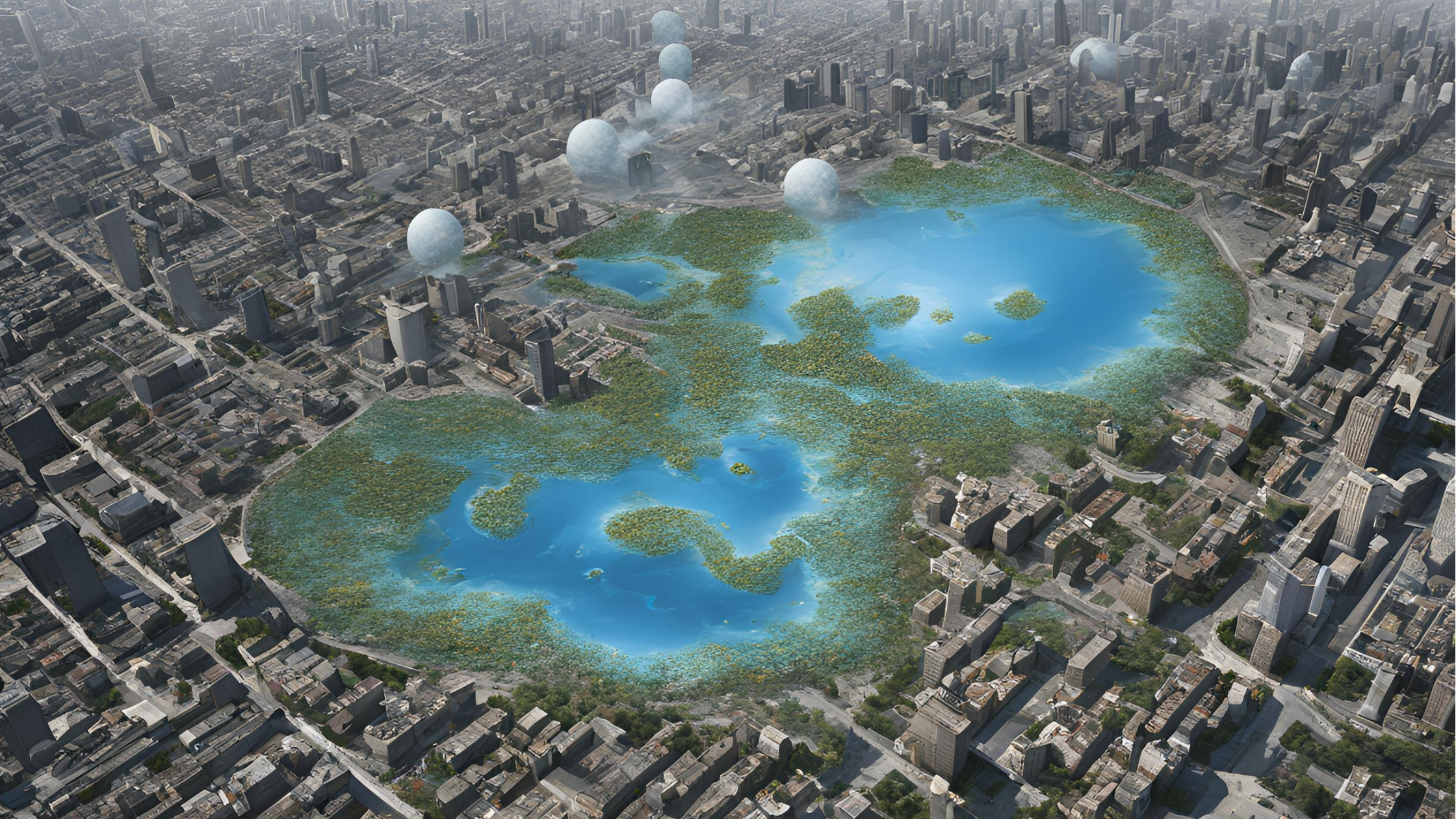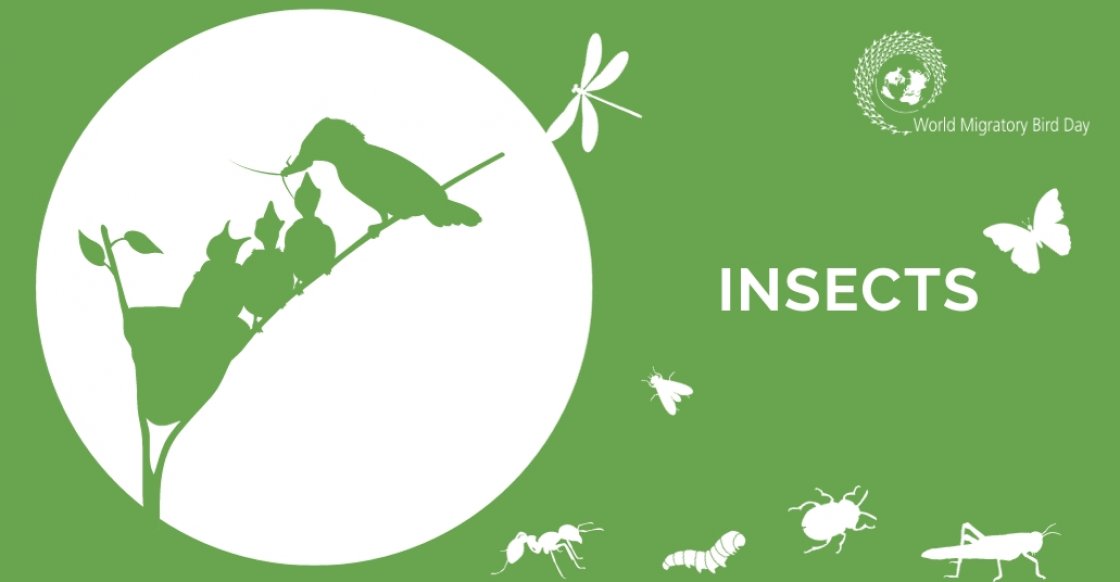Importance of wildlife and how you can help

Wildlife is an integral part of our world, playing a vital role in maintaining healthy ecosystems. From an ecological point of view, animals help pollinate plants, disperse seeds, and control insect populations, which helps keep the balance of ecosystems. Additionally, many species are indicators of the environment's health, and their presence or absence can signal changes that could impact the health of humans.
But the importance of wildlife continues!
Wildlife has economic, cultural, and social significance. Ecotourism generates revenue and jobs; many products and medicines are derived from natural sources. Wildlife is also essential for food, clothing, and other resources and has spiritual and social connections for many cultures.
Wildlife is essential, but it's troublesome. One of the biggest threats is habitat destruction from human activities like logging and development. Climate change also has a significant impact, altering habitats and food webs. Illegal poaching and wildlife trade also wipe out some iconic species.
We must protect these animals and their habitats before it's too late.
By caring about wildlife and supporting efforts to protect biodiversity hotspots, we can ensure a sustainable future for ourselves and future generations.
Biodiversity loss is about more than losing the beauty and wonder of nature. It's also about losing the services and benefits that nature provides us. For example, one of the most concerning consequences of biodiversity loss is the increased risk of emerging infectious diseases, such as COVID-19, Ebola, and Zika. These diseases are caused by pathogens that jump from animals to humans (zoonotic diseases), and they can have devastating effects on public health, the economy, and social stability.
So, why should you care about wildlife?
Because it's not just about the beauty and wonder of nature but also about the essential services and benefits that nature provides us. If we don't protect wildlife, we lose these services and increase the risk of emerging infectious diseases, with devastating consequences for all of us.
The good news is that there are many ways you can help protect wildlife and biodiversity, so let's see some of them:
- Support a conservation organization through volunteering, fundraising activities or donations
- Reduce your carbon footprint by using public transportation, biking or walking, using energy-efficient appliances, and reducing energy consumption.
- Reduce the use of pesticides and other harmful chemicals in your garden and home.
- Buy sustainably sourced products and reduce the use of single-use plastics.
- Avoid purchasing products made from endangered species or contributing to habitat destruction.
- Support sustainable agriculture and fishing practices.
- Report any illegal hunting, poaching, or wildlife trafficking to relevant authorities.
- Participate in citizen science projects to help monitor and protect wildlife and biodiversity.
- Advocate for policies that protect wildlife and their habitats.
- Spread the word and educate!
What is the role of "wildlife" in the BCOMING project?
As mentioned, there are different ways to protect and learn from wildlife. Wildlife can offer plenty of knowledge, but it needs to be sufficiently utilized. BCOMING will collect data and build a standardized analytical framework that will allow us to understand better the links between biodiversity and epidemic risk.
In this process, the characterization of old and new pathogens and microbiomes in wildlife will also play a vital role. Furthermore, the early detection of these zoonotic pathogens in wildlife will help us create effective surveillance tools to improve animal and human health and sustainable biodiversity conservation strategies to preserve the local ecosystems in tropical areas.
So, let's all do our part to protect our planet's incredible diversity of life.
Use #WorldWildLife and join the campaign!




